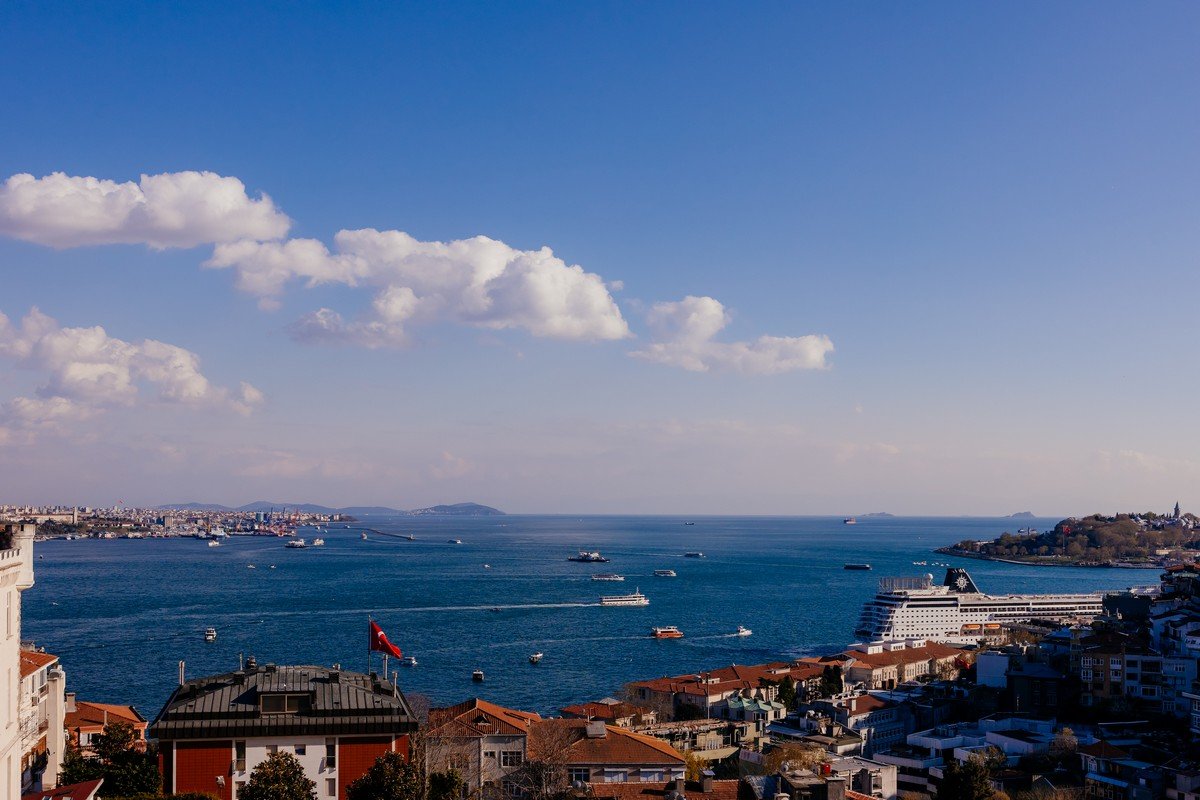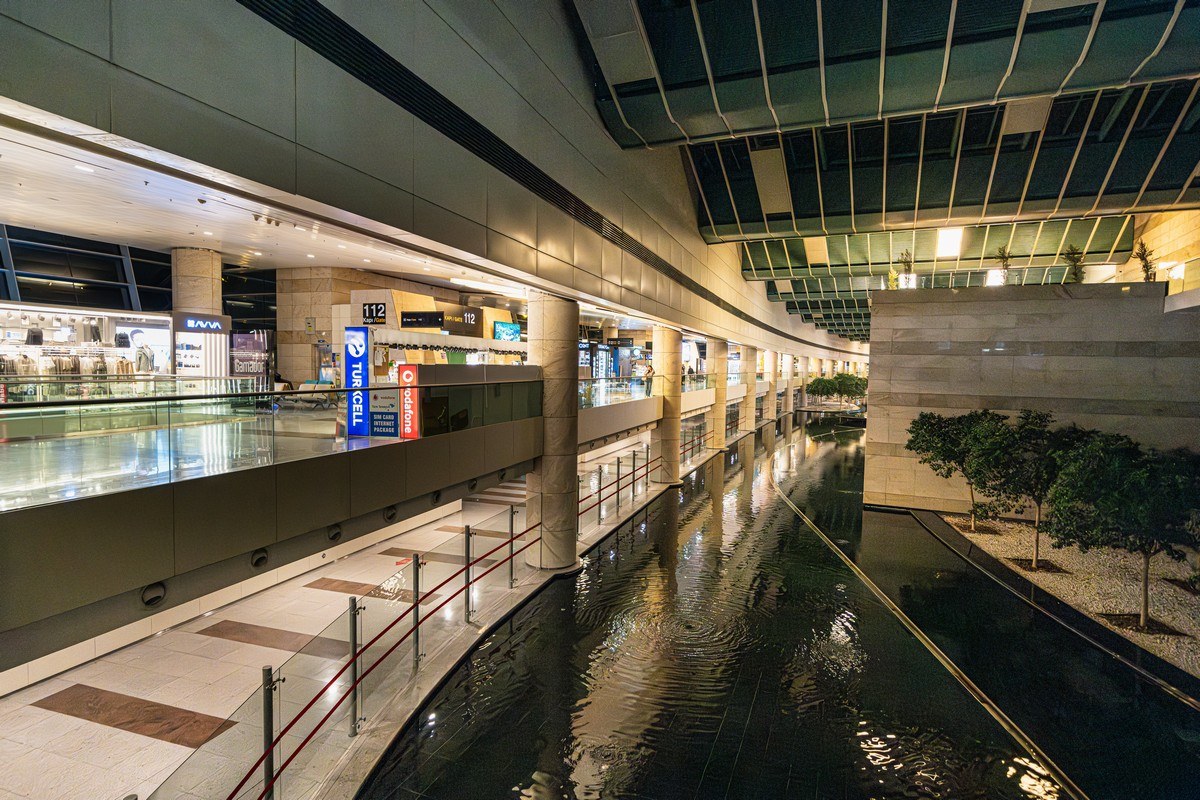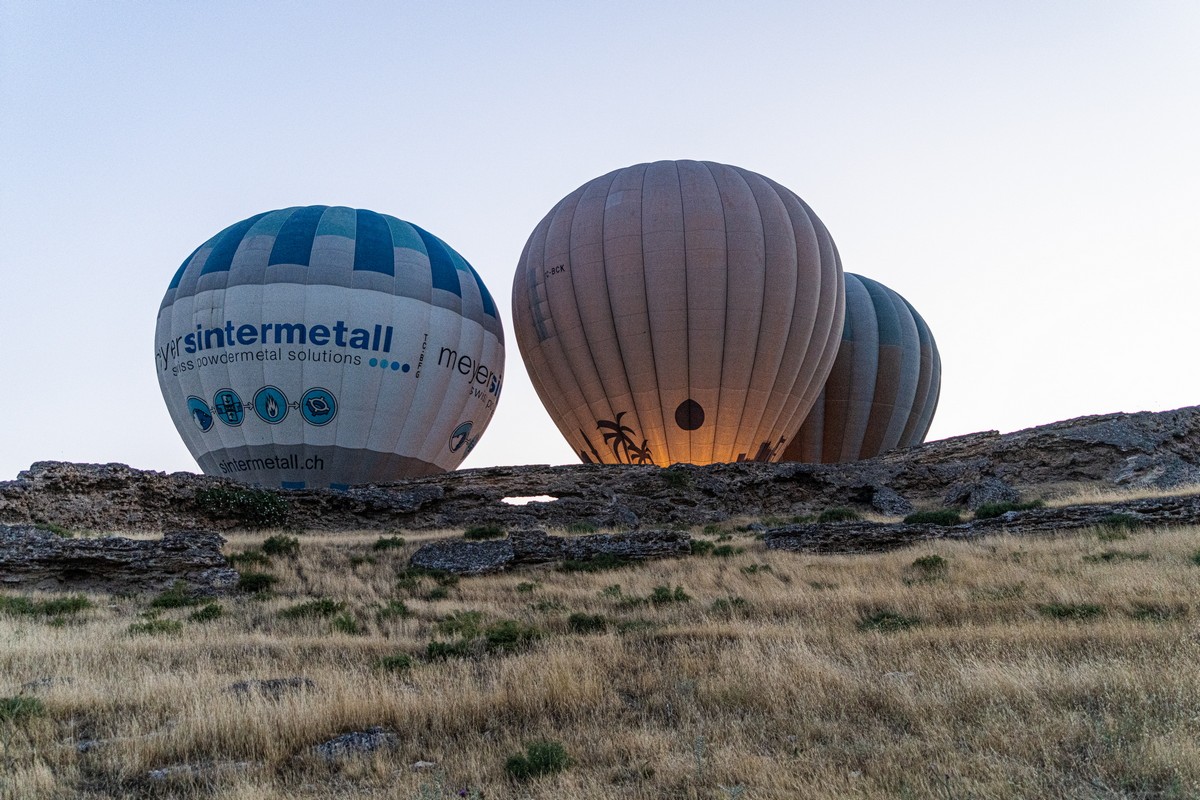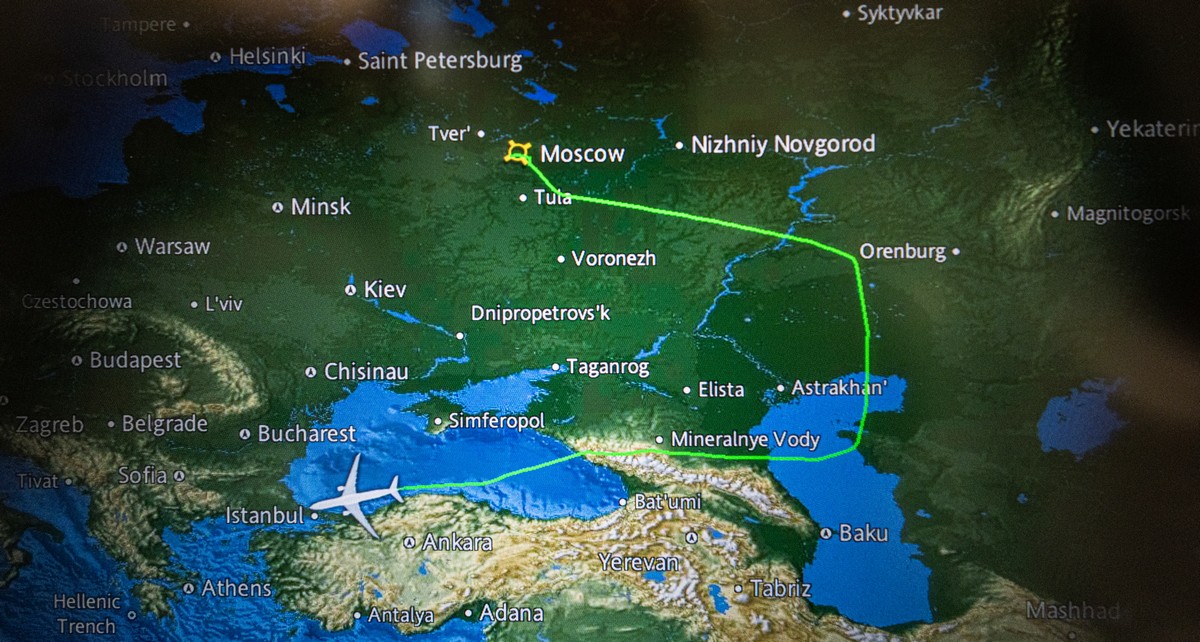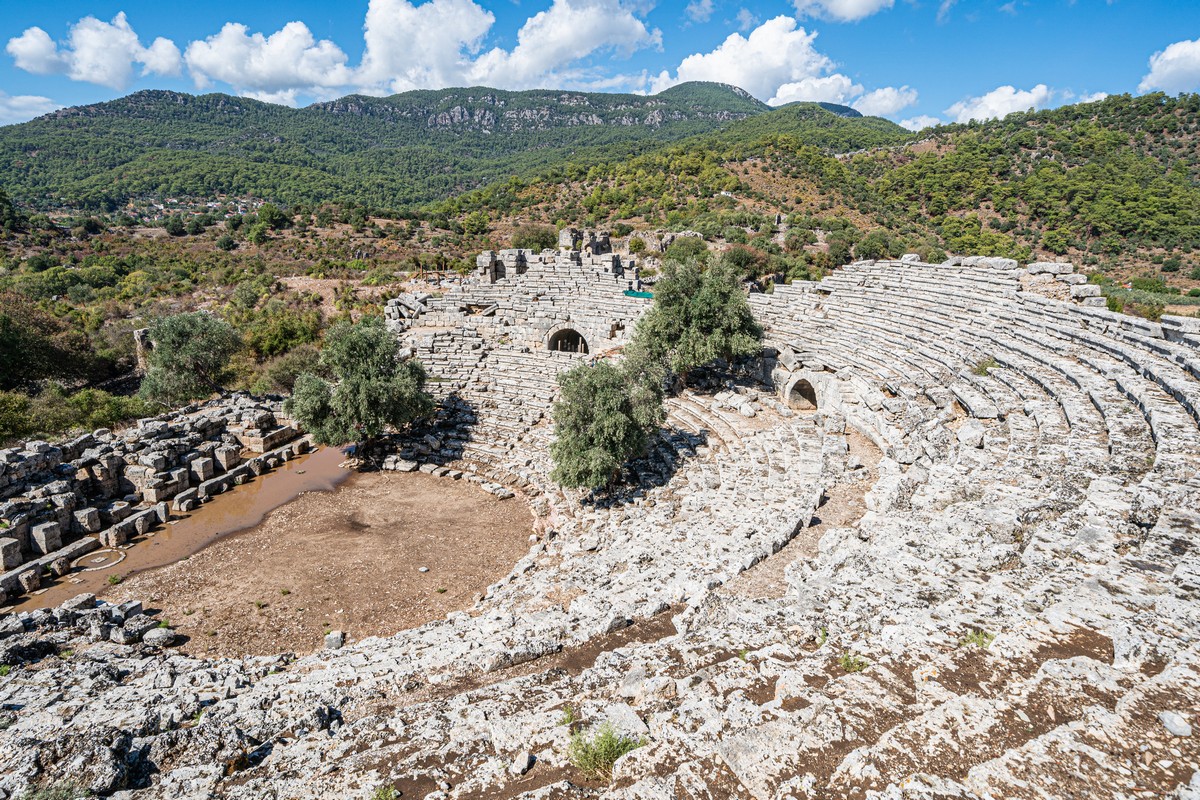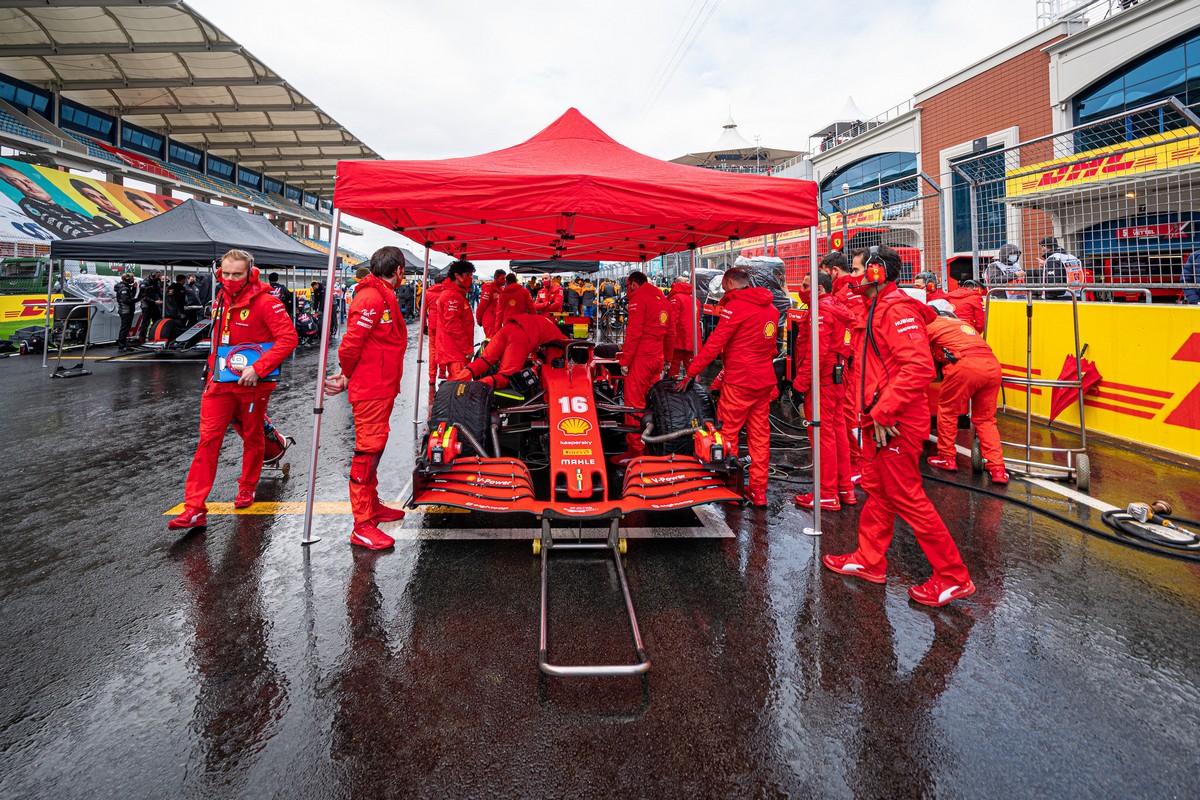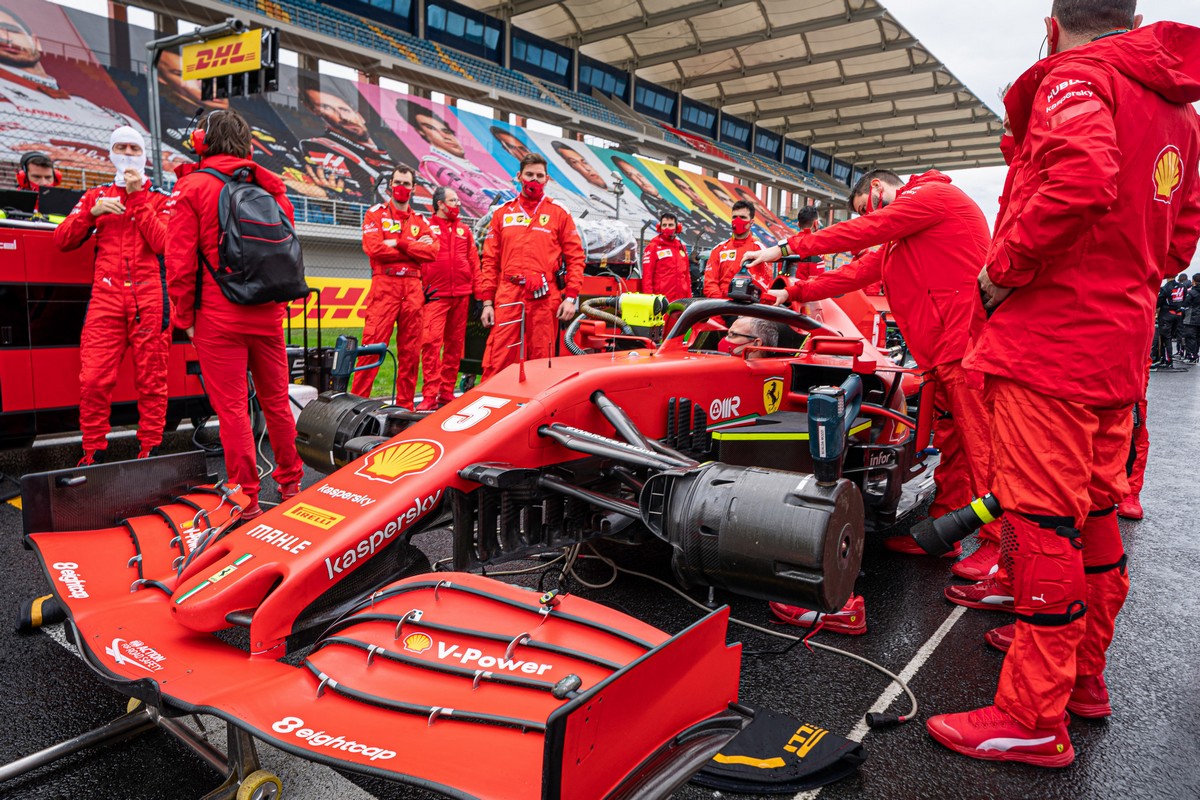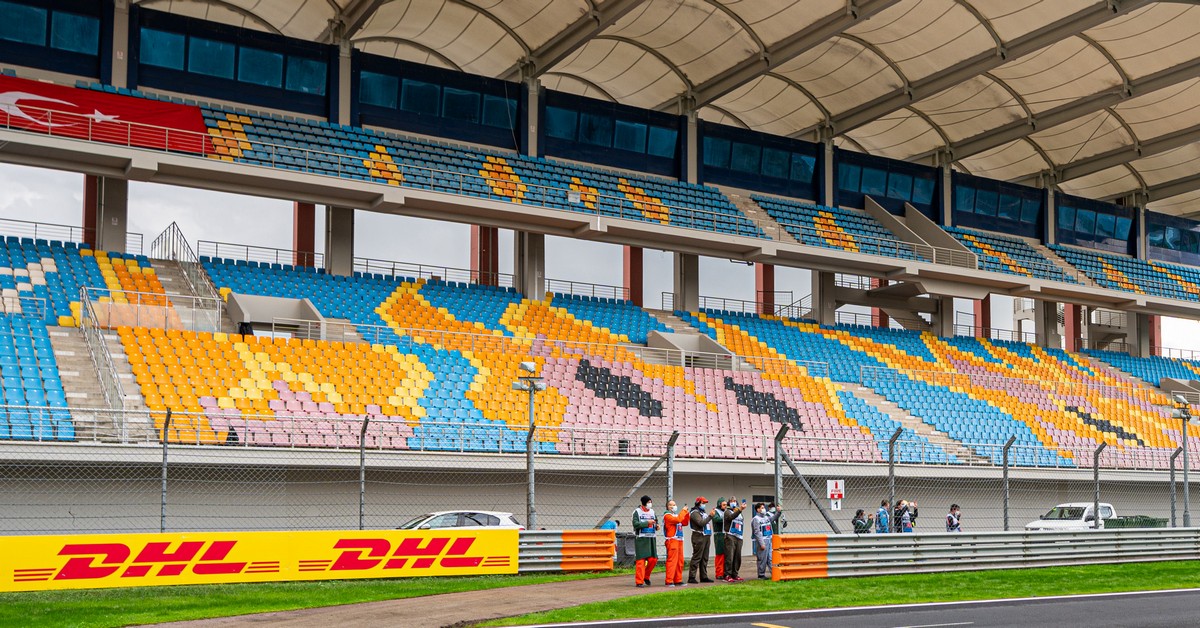I’ve already shown you the oddly shaped rock formations up on the surface here at Cappadocia. Turns out the unusual shape theme continues underneath the surface too: man-made caves – ‘upside-down skyscrapers’. Well, why not? After all, pumice is very soft for a rock, so it’s not crazy difficult to carve out (as it no doubt was in Baalbek); also – it doesn’t need strengthening; also – due to the dry climate there’s no water needs pumping out from the underground depths.
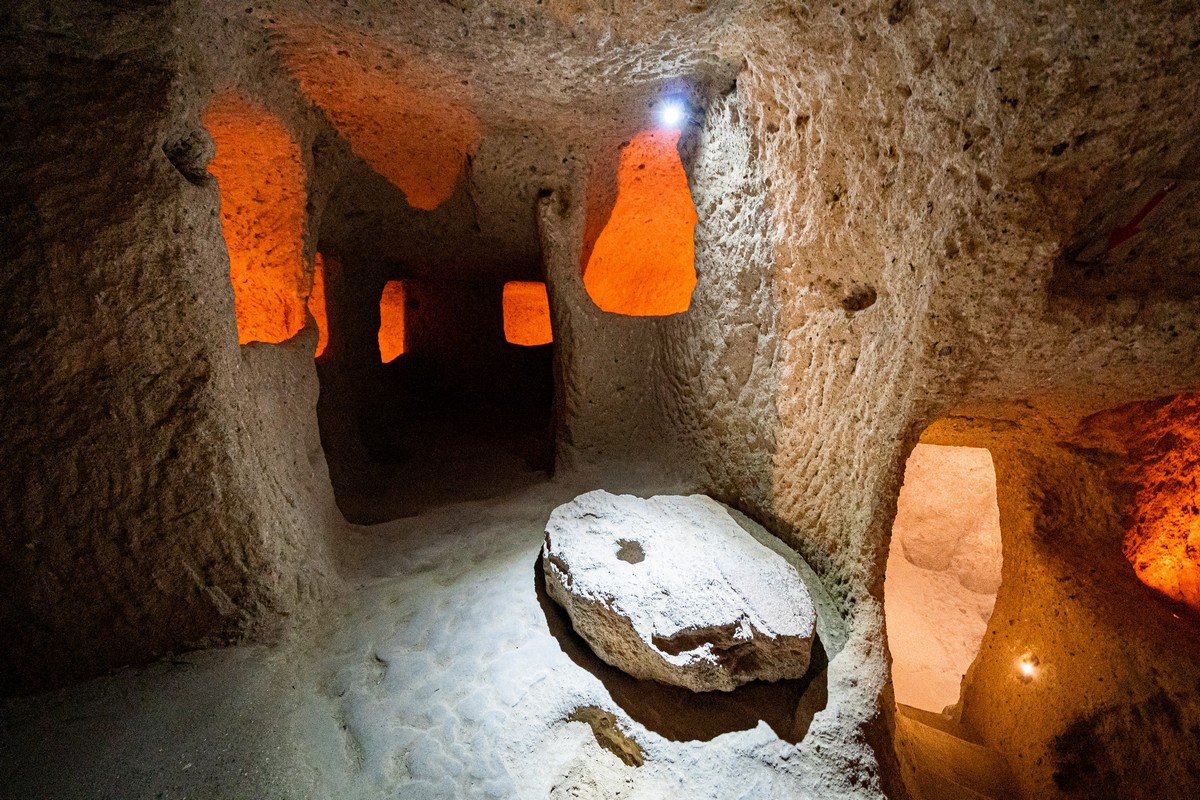
Then it seems that everything was forgotten about and abandoned (as often happened), and the caves were taken over by dust, decay and depression. Then, centuries – or millennia – later, Homo sapiens rediscovered them, and archeologists, historians and researchers got down to revealing them though their archeological digs. Today, many of the underground ‘neighborhoods’ have been dug out, cleaned, tidied, fitted with staircases and electricity (!), and probably will have free Wi-Fi fitted very soon too – all to cater for the many tourists who visit.
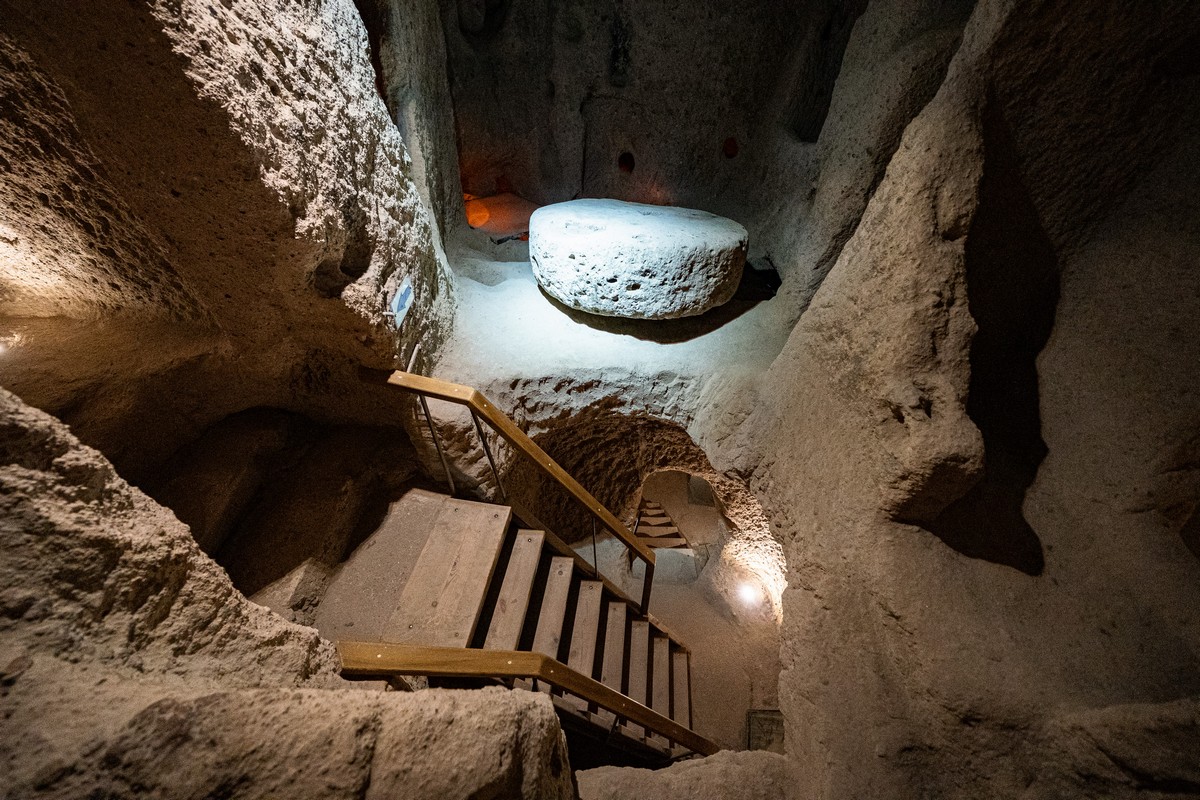
Read on…
